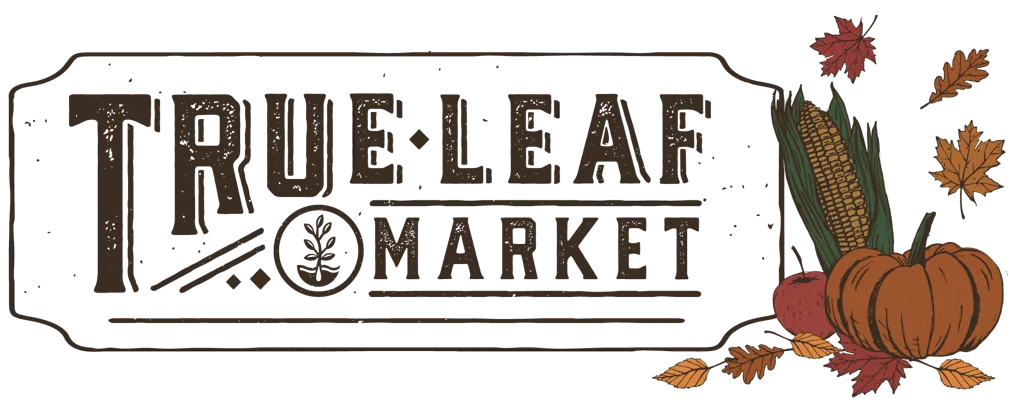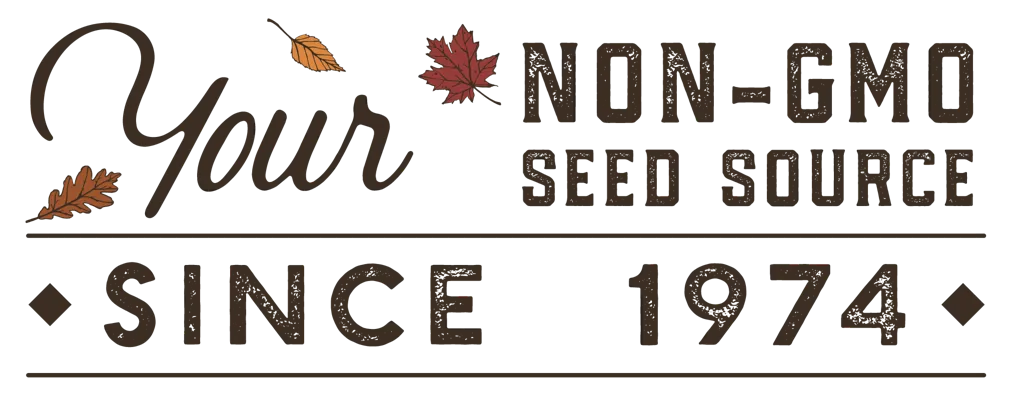Download Free Vegetable Growing Guide PDF
Growing Diamond Peppers in the Vegetable Garden
Begin your pepper cultivation indoors roughly eight weeks before the last frost date in your area. This early start is essential, as peppers require a warm, extended growing period to flourish. Utilize small containers or seed trays filled with a premium, seed-starting mix. Lightly moisten the mix before sowing 2-3 seeds in each container, covering them with a thin layer of soil (about .25 inch). Maintaining consistent soil moisture and temperature (between 70-85 F). Encasing the containers in a humidity dome can mimic a greenhouse environment, fostering germination within 1-3 weeks.
Once the seedlings display 2-3 sets of true leaves, it's time to transplant them into larger vessels, encouraging robust root development. Keep these larger containers indoors near a sunlight source or under grow lights until the outdoor environment warms up to at least 65 F during the day and stays above 50 F at night. To acclimate your seedlings to outdoor conditions, start the "hardening off" process two weeks before the final transplant by gradually increasing their outdoor exposure.
Peppers thrive in sunny, warm conditions. Select a garden spot receiving at least 6-8 hours of sunlight daily. Amend the soil with compost or a balanced, slow-release fertilizer to enhance drainage and achieve a slightly acidic soil pH (6.2 to 7.0). When transitioning your plants outdoors, space them 18-24 inches apart in rows spaced 2-3 feet apart. Plant them at the same depth they were in pots, watering thoroughly to establish root-soil contact and eliminate air gaps.
Ensure the soil remains consistently moist but not soggy to foster steady growth. Opt for a drip irrigation system or soaker hose to maintain soil moisture while keeping the leaves dry, reducing disease risk. Applying mulch around the plants can help preserve soil moisture and suppress weeds.
Implement companion planting to boost growth and pest defense. Basil, onions, and carrots are excellent partners, offering pest deterrence and potential flavor enhancements. Vigilantly monitor for pests like aphids and pepper weevils, employing natural predators like ladybugs for eco-friendly pest control.
Providing support with stakes or cages as your plants grow can prevent damage from heavy fruit loads. Some afternoon shade can protect the plants from scorching in intense heat.
Harvesting Diamond Peppers
Diamond bell peppers typically reach maturity and are ready for harvest approximately 70-75 days after transplanting, though this can vary depending on growing conditions. The key indicator that a pepper is ripe and ready to pick is its color. Diamond bell peppers start green and gradually turn a brilliant white when they're fully mature. The skin will be glossy and firm, and the fruit will have a full shape, indicative of its readiness.
Pulling or twisting the peppers directly off the plant can damage the branches and potentially harm the plant's overall health. Instead, cut the stem about half an inch above the fruit. This method ensures that the plant remains intact and produces more peppers throughout the growing season.
About Diamond Pepper Garden Seeds
The most striking feature of Diamond bell peppers is their color. Unlike the more common green, red, yellow, or orange bell peppers, Diamonds develop a beautiful, creamy white hue when mature.
Diamond bell peppers are known for their sweet, mild flavor. They lack the bitterness that can sometimes be present in green bell peppers, making them a versatile ingredient that can enhance a wide range of dishes.
Diamond bell peppers are comparable in size to other bell pepper varieties. When fully mature, the fruits typically reach about 3 to 4 inches in length and about 2 to 3 inches in diameter. However, growing conditions such as sunlight, soil quality, and water availability can influence their final size.
These peppers are not just about looks and taste; they're also packed with vitamins A and C, along with fiber and antioxidants. Their thick flesh also makes them ideal for grilling or roasting, as they hold up well to heat and develop a rich, sweet flavor when cooked.
Tips From Our Gardeners
"If you’re sick of the classic green, red, yellow, and orange bell peppers, Diamond might be the perfect thing to shake things up a bit. Enjoy the benefits of a classic bell pepper but the variety of something new!"
 |
- Lara Wadsworth, True Leaf Market Writer
|
Other Resources
Diamond Pepper Seeds Per Package:
- 300mg - Packet- Approximately 50 Seeds
- .25 oz - Wholesale - Approximately 1,250 Seeds
- 1 oz - Bulk Seeds - Approximately 5,000 Seeds
- 4 oz - Bulk Seeds - Approximately 20,000 Seeds
- 1 lb - Bulk Seeds - Approximately 80,000 Seeds
Non-GMO Diamond Pepper seeds are available for Fast Free Shipping on qualifying orders.



















